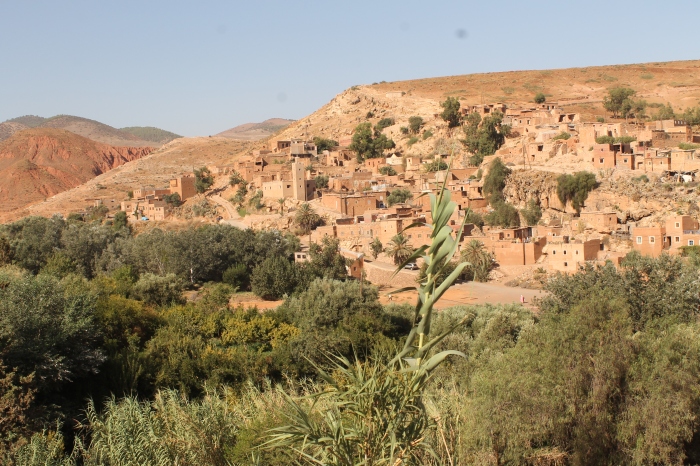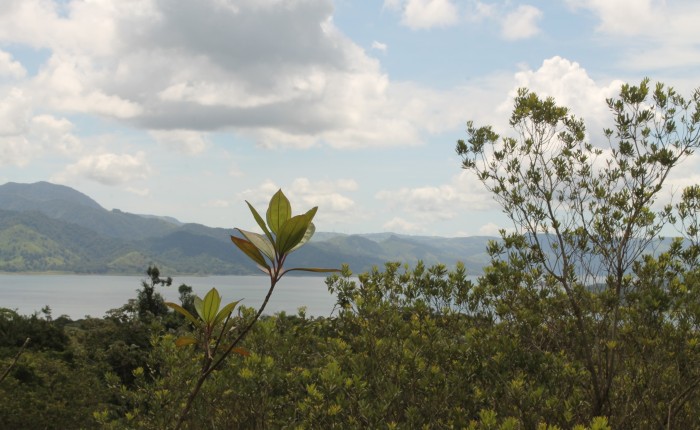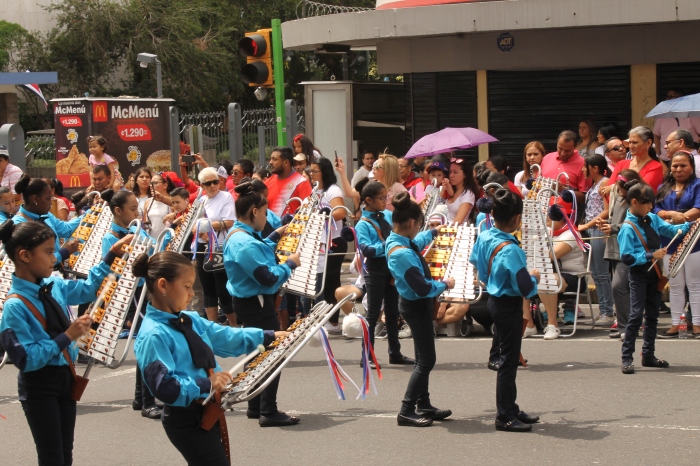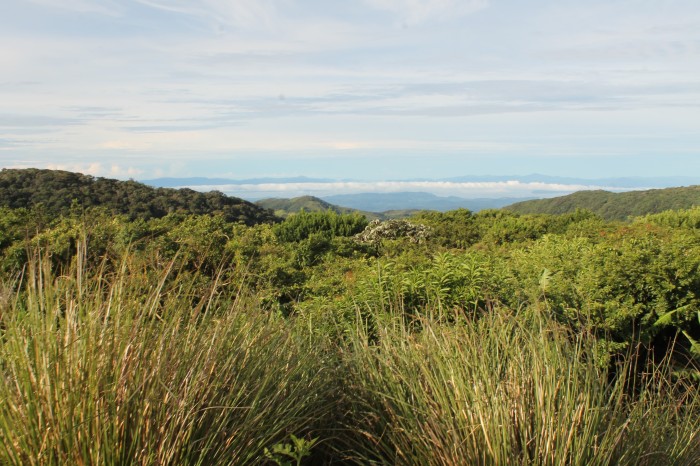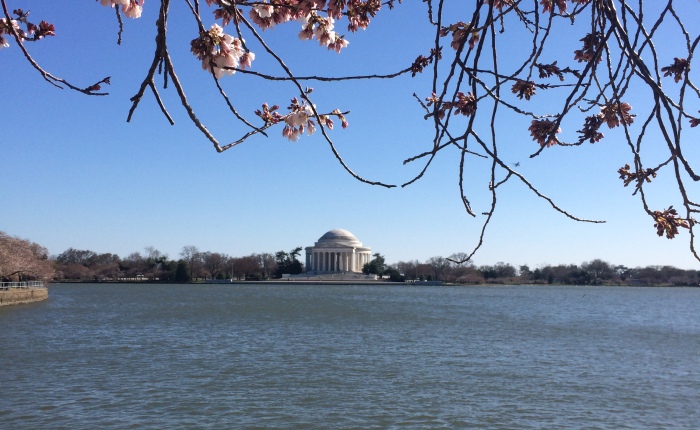After I published an introduction into travel rewards credit cards last month, I’ve heard from friends and family who are curious to learn more. Haven’t read my earlier post? Go back to the basics here with “Dipping a Toe into Travel Rewards.”
So today, I’m sharing my strategy as a resource for folks in my life who want to join me on my free (!) travels or for anyone who hasn’t yet discovered the educational resources I find most valuable. As a reminder, travel rewards credit cards are for folks without credit card debt and who are paying off their credit cards in full each month.
Here’s my personal travel rewards journey to date:
- I had the same travel rewards credit card for ages. I thought it was great because I had no foreign transaction fees, and because there was a travel portal where I could get up to 3% cash back for booking. That travel portal was hacked and my data was likely stolen. I realized around that time that my card wasn’t that great and I was missing out on a lot of travel rewards opportunities.
- In summary, Bank of America isn’t great, but you already knew that.
- I didn’t know much about travel rewards, but I applied for the Capital One Venture Card and received a $500 sign-up bonus (as of writing, this card waives its first year’s annual fee) after putting $3,000 of expenses on it in three months.
- How I used the bonus: I went with the option that is basically cash back on the card. I spent it on regular monthly expenses.
- How I avoided fees: I paid my card on time. As I approached one year with the card, I called Capital One to downgrade to the Venture One Card, which has no annual fee.
- I applied for the Chase Sapphire Preferred Card and received a 50,000 Chase Ultimate Rewards point sign-up bonus after putting $4,000 of expenses on it in three months (at the time, this card used to waive the first year’s annual fee).
- How I will use the bonus: This is enough points to fly to Iceland or Italy. I haven’t decided where I’m going yet! I’ll likely log into the Chase portal to book, but I can also transfer the points to an airline partner like JetBlue, United, or British Airways.
- How I will avoid fees: I paid my card on time and no longer use this card. As I approach one year with the card, I will call Chase to downgrade to the Chase Freedom Card, which has no annual fee.
- I applied for the Chase United Explorer Card and received a 40,000 United MileagePlus points sign-up bonus after putting $2,000 of expenses on it in three months (as of writing, this card waives its first year’s annual fee).
- How I will use the bonus: This is enough points to fly to pretty much anywhere in Mexico. I’d love to visit Oaxaca and Mexico City.
- How I will avoid fees: I will make one phone call to Chase to downgrade to another United card which has no annual fee.
- I’m next working toward Southwest Airlines’ Companion Pass and the 125,000 Rapid Rewards points it requires. I’ll achieve this by opening two Chase Southwest cards, one business and one personal, which each have a 60,000 point sign-up bonus and putting $5,000 total on the cards within three months in early 2020.
- How I will use the bonuses and Companion Pass: Once I get the Companion Pass, I can travel using my points and someone else can travel with me nearly for free for the remainder of the year I get the pass and the entire following year! My hope is to visit Hawaii within the next two years. Let’s see if I can convince my family to come along with me (hey, I know you’re reading this)! I’d also love to visit some of the National Parks out west—I especially love desert landscapes.
- How I justify the fees: These two cards both have annual fees ($99 and $69 for the business and personal cards I selected) which are not waived for the first year. But if I fly even one time using points and the Companion Pass, I feel I will have covered these upfront costs.
So that’s that. To make this happen I did lot of research (not all of which is required, but I’ve been an overplanner all my life), filled out a few online applications, made a handful of phone calls, put a new credit card in my wallet every few months, and referenced back now and again to a spreadsheet I use to organize everything. As a result, I might have six or more free roundtrip flights on my horizon.
Was this helpful? If so, let me know and I can follow up with simplest strategies for you to get started yourself, with links to more resources and a copy of the spreadsheet I use so you can track your travel rewards credit cards.
Are you ready to get started with travel rewards? I highly recommend the Chase United Explorer Card, since it has no annual fee for the first year and a lower requirement to spend $2,000 within three months in order to receive the sign-up bonus. And because the rewards are airline points, it helps ensure you get more world wandering in your life! If you wish to apply for it you can consider doing so with my referral link here (full disclosure: I will receive some bonus points, a travel win-win! I think it’s a great opportunity for any responsible credit card user, but please first read up on the terms and conditions for yourself).




